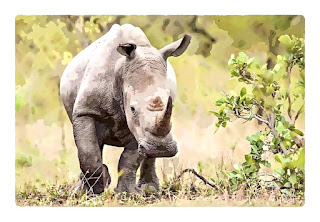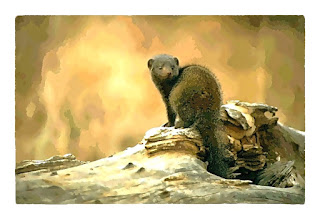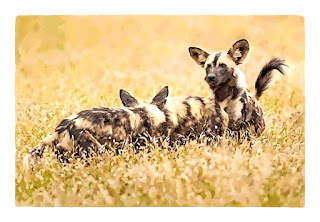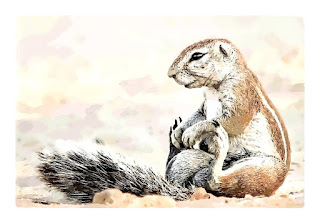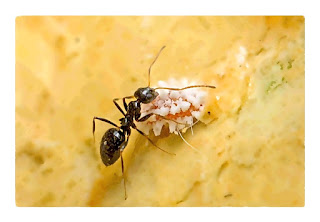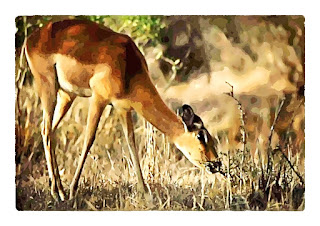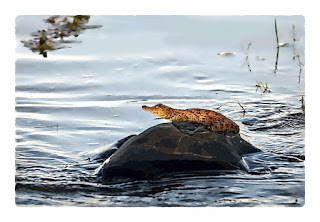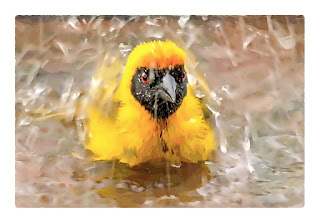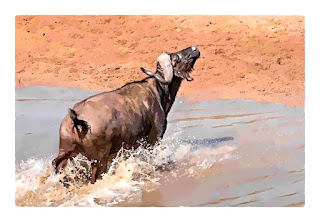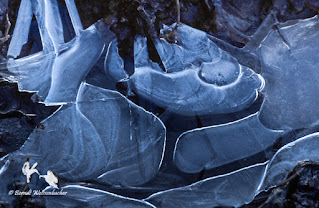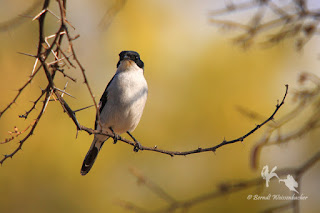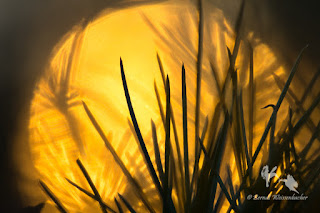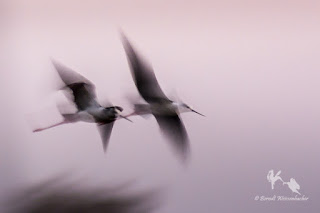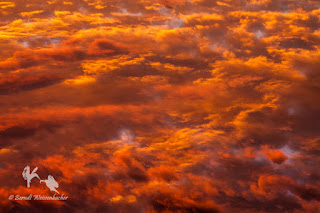Elke reeks bevat veertien kort raaiseltjies. Hulle word
aan die jong leser gestel deur ses soogdiersoorte, vyf voëlsoorte, twee ordes
insekte en een groep ‘reptiele’. Elke raaisel is geïllustreer met uitstekende
fotos. Kom meer te wete oor elke spesie of groep se kenmerkende persoonlikheid,
eienskappe en eienaardighede deur te probeer om die vrae te beantwoord “Wie
is Ek?” en “Wie
is Ons?”.
Om hierdie boekies by jou gunsteling eBoek verskaffer te
kan vind, volg die skakel
https://books2read.com/ap/8NkvaJ/Tnreb-Rekabnessiev
My
Naam is Xerus inauris – Wie is Ek?
My
Naam is Bucorvus leadbeateri – Wie is
Ek?
Weens my pa se diep
stem het ek die naam bromvoël gekry. Ek weet dat jy dit só uitgewerk het. Maar
het jy ook geweet dat my wetenskaplike naam Bucorvus
leadbeateri is?
Ons
is die Skarrelende Vliesvlerkige Insekte van die Orde Hymenoptera – Wie is Ons?
My
Naam is Ceratotherium simum – Wie is
Ek?
My Naam is Terpsiphone viridis – Wie
is Ek?
My
Naam is Aepyceros melampus – Wie is
Ek?
Ons
is die Vierpotige Diere Met 'n Skubbige Vel wat Water-lewende Jagters is – Wie
is Ons?
Daar is
baie min soorte van ons wat jy in Afrika sal kan teëkom. Ons almal leef en maak
jag op ons prooi in water. Voordat mense op ons jag gemaak het vir ons velle
was ons meer volop. Die grootste van ons soort kom nog redelik wydverspreid in
Afrika voor. Jy sal ons tog nog maklik in die groter riviere, moerasse, mere en
damme, en selfs in strandmere en riviermondings, van suider en oostelike Afrika
kan vind. Ons leef net nie in die hoë gebergtes en die woestynareas nie. Nog 'n
reuse soort sal jy net in die Nyl van Noord-Afrika kan teëkom. Daar is ook twee
baie kleiner soorte wat in die riviere in die oerwoude van noordwestelike
Afrika leef.
My
Naam is Sagittarius serpentarius – Wie
is Ek?
My
Naam is Helogale parvula – Wie is Ek?
Weet jy wie ek is? Jy
is reg, ek is 'n dwergmuishondjie. Die slim wetenskaplikes het vir my die naam Helogale parvula gegee.
My Naam is Ploceus velatus – Wie
is Ek?
As ek eers 'n nes
gebou het, sal ek hom moet adverteer. Ek sal op 'n takkie naby my voltooide nes
moet sit en luidkeels sing terwyl ek my vlerke fladder. Ek sal ook onder aan
die nes moet hang terwyl ek sing en vlerke swaai. Dan is daar ook die gevaar
dat 'n indringer my van my eie nes sal kan wegjaag. Omdat ons meestal in 'n
groot bondel saam nes maak is daar altyd die gevaar dat 'n ander mannetjie jou
nes en een van jou vroutjies sal steel. Dit sal baie van my vat om my eerste
familie te kan groot maak.
Ons
is die Tweevlerkige Insekte van die Orde Diptera – Wie is Ons?
My
Naam is Syncerus caffer – Wie is Ek?
Mense sê dat ons nors is. Ek dink dit is 'n fout – ons is
vriendelik solank jy ons nie kwaad wil aandoen nie. As jy moeilikheid by ons
soek sal jy dit kry net omdat ons mekaar sal verdedig. Ek dink jou familie tree
ook só op as daar gevaar dreig.
My Naam is Bubulcus ibis – Wie is
Ek?
My
Naam is Lycaon pictus – Wie is Ek?
https://books2read.com/ap/8NkvaJ/Tnreb-Rekabnessiev



